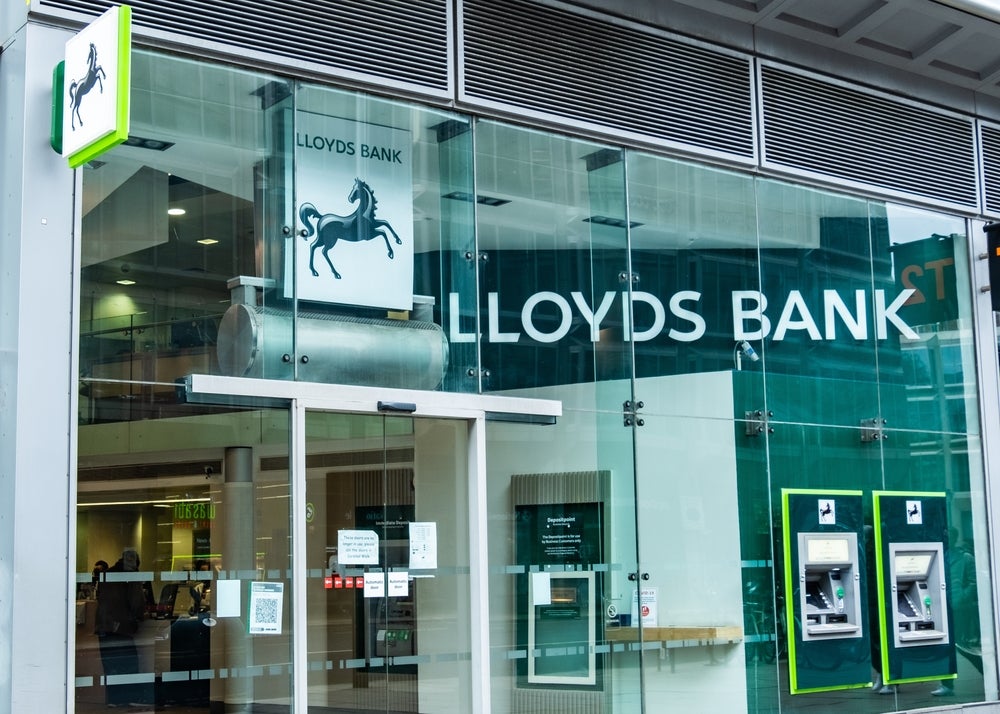As clients shift away from discretionary mandates
following poor investment performance, private banks are examining
means of protecting their margins. One solution being favoured
increasingly by the leading firms is active advisory pricing, which
links advisory services to transaction activities. Will Cain reports.
Private banks across the industry are turning to active advisory
pricing models to help stem declines in margins and provide more
transparency for clients.
The move is particularly noticeable in
Switzerland, a country renowned for its opaque pricing practices.
Banks in the country generally offer two pricing options, an
execution-only, brokerage-based fee or a management fee for
discretionary investment management. But they are now increasingly
promoting a third, more transparent active advisory tariff.
Following disappointing investment performance
over the last 18 months, clients have been reluctant to hand over
complete control of their assets through discretionary mandates and
have been taking a more active approach. A similar trend was
experienced in 2001-02 following the dotcom bust.
Patrik Sonderegger, a senior manager at
Deloitte in Switzerland, said establishing an intermediate pricing
level between discretionary and pure brokerage would give banks
extra flexibility in dealing with clients who wanted more control
over investments.
How well do you really know your competitors?
Access the most comprehensive Company Profiles on the market, powered by GlobalData. Save hours of research. Gain competitive edge.

Thank you!
Your download email will arrive shortly
Not ready to buy yet? Download a free sample
We are confident about the unique quality of our Company Profiles. However, we want you to make the most beneficial decision for your business, so we offer a free sample that you can download by submitting the below form
By GlobalData“Adding an active advisory model means that
when clients move down from discretionary portfolio management,
there is an additional offering which can help secure a more
profitable client relationship” Sonderegger said.
“It enables the client to gain more control of
the investment process, but allows the bank to remain in the
driving seat by allowing them to suggest changes to
portfolios.”
There is as much as a 40-60 basis point
difference in gross margin between discretionary and brokerage
fees, so taking a large number of clients out of discretionary
mandates can hit profitability. Now, banks are renewing their
interest in active advisory models, where relationship managers put
together more comprehensive investment proposals and contact
clients with suggestions for changes in their portfolios.
This process usually occurs every two to three
months and aims to involve clients more actively in their
investment decisions.
“It is not usually a
transaction-by-transaction service, but is based more at an asset
allocation or strategy level,” Sonderegger said.
“It means the client is better informed about
what is going on in their portfolio, and we see this type of
service innovation as another important trend in the industry.”
The fees on active advisory are usually
slightly below (approximately 20-40 bp) a discretionary mandate,
but gross margin can easily be compensated depending on asset
allocation and a more active trading activity.
There is also a push for more simplicity and
transparency in service fees. Pricing at Swiss banks has
traditionally featured relationship managers negotiating on prices
for services and offering discounts on listed prices to gain or
retain clients.
Sonderegger said some relationship managers he
spoke to at Swiss private banks found service pricing structures so
confusing they often just worked out their own fee and submitted
them to the pricing department.
Wide disparities
These types of discounts and rebates
have been accepted by the industry in the past because rebates in
one revenue line are generally given to generate compensating
revenue in another. There are wide disparities in prices offered by
different relationship managers – by up to a factor of four in some
cases (see table).
It has become an important area of focus for
wealth managers looking to optimise their business, because it can
be a key area of revenue leakage. When the practise becomes
systematic across organisations, it can become unrelated to client
profitability which defeats the purpose of issuing the rebate in
the first place.
Sonderegger said these issues mean some banks
have teams of up to 10 people simply administering fees, at costs
of up to CHF3 million ($2.9 million) per year. Unwinding fees into
a more transparent structure could deliver cost savings from an
operational perspective, he said.
Bank Sarasin and Vontobel recently moved to
remove inconsistencies in their pricing models. In PBI 254, Eric
Sarasin explained how Bank Sarasin had removed a myriad of rebates
and discounts to clients within its fee structures because some of
the relationships were no longer profitable to the bank.
It is now charging clients an all-in fee for
advisory services, ranging between 0.5 percent and 1.6 percent of
assets, depending on the size of client assets and investment
style.
Declining private banking margins and
Sarasin’s international growth meant the bank’s pricing platform
was in need of review, Sarasin said. The changed structure was
expected to deliver between 10 and 15 percent in gross revenue to
the private banking side of the business according to industry
commentators.
UniCredit Group has also added an active
advisory capability to its private banking operations through its
deal with Odyssey to implement Triple’A Plus, its front-office
system.
The system enables the building of guided
investment proposals and the automatic monitoring of client
portfolios, triggering alerts for action and proactive advice.
|
PRICING |
||
|
Prices – charges to new clients |
||
|
Decile of RMs |
Price charged* |
Assets (%) |
|
1 |
107 |
10 |
|
2 |
99 |
12 |
|
3 |
94 |
8 |
|
4 |
88 |
7 |
|
5 |
82 |
13 |
|
6 |
78 |
11 |
|
7 |
69 |
8 |
|
8 |
60 |
9 |
|
9 |
51 |
12 |
|
10 |
27 |
10 |
|
Average/total |
77 |
100 |
|
* indexed to 100 less average rebate |
||





